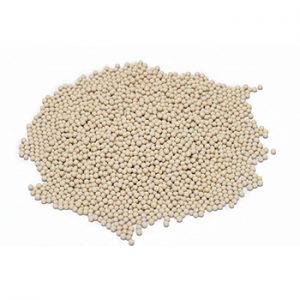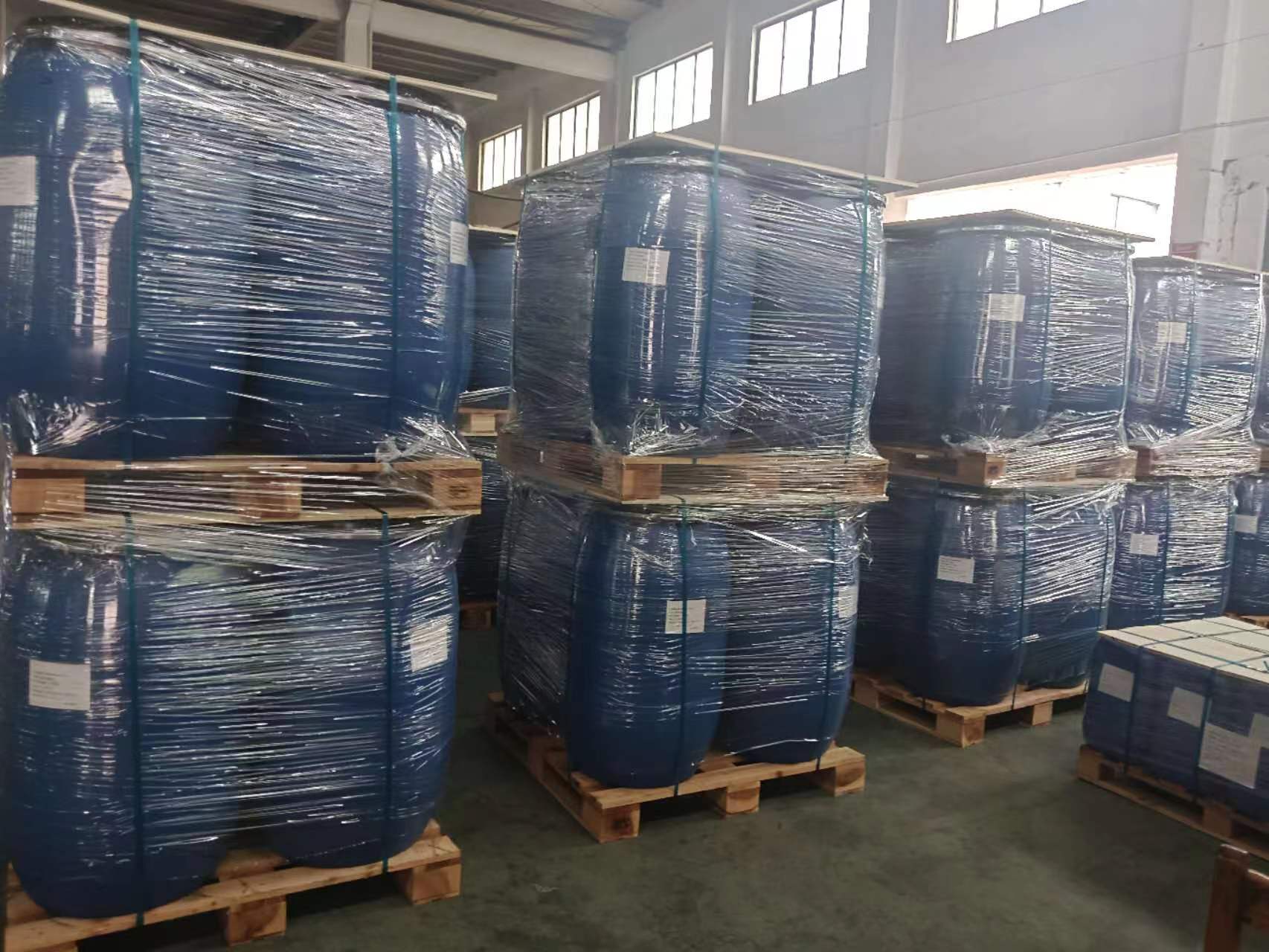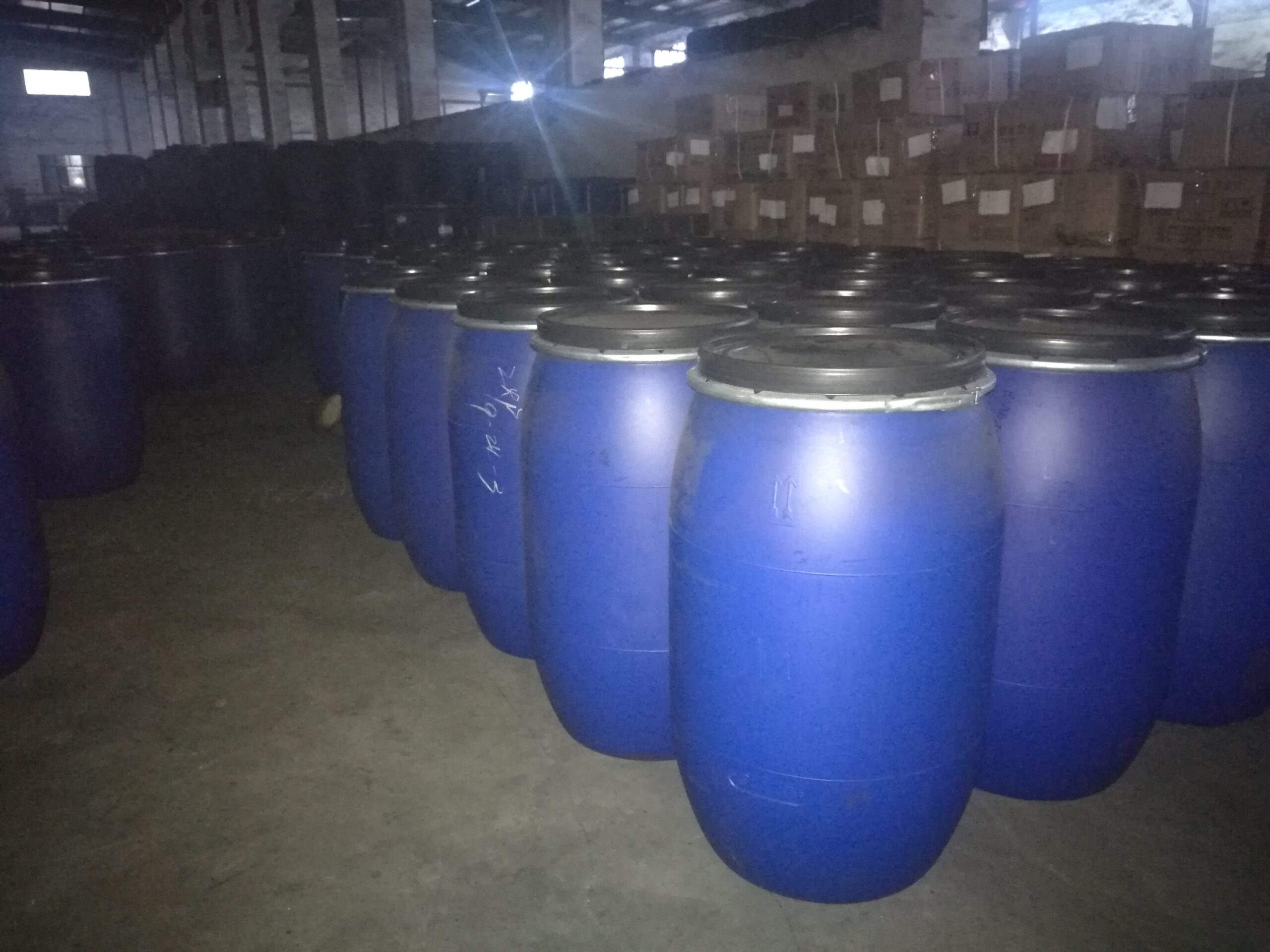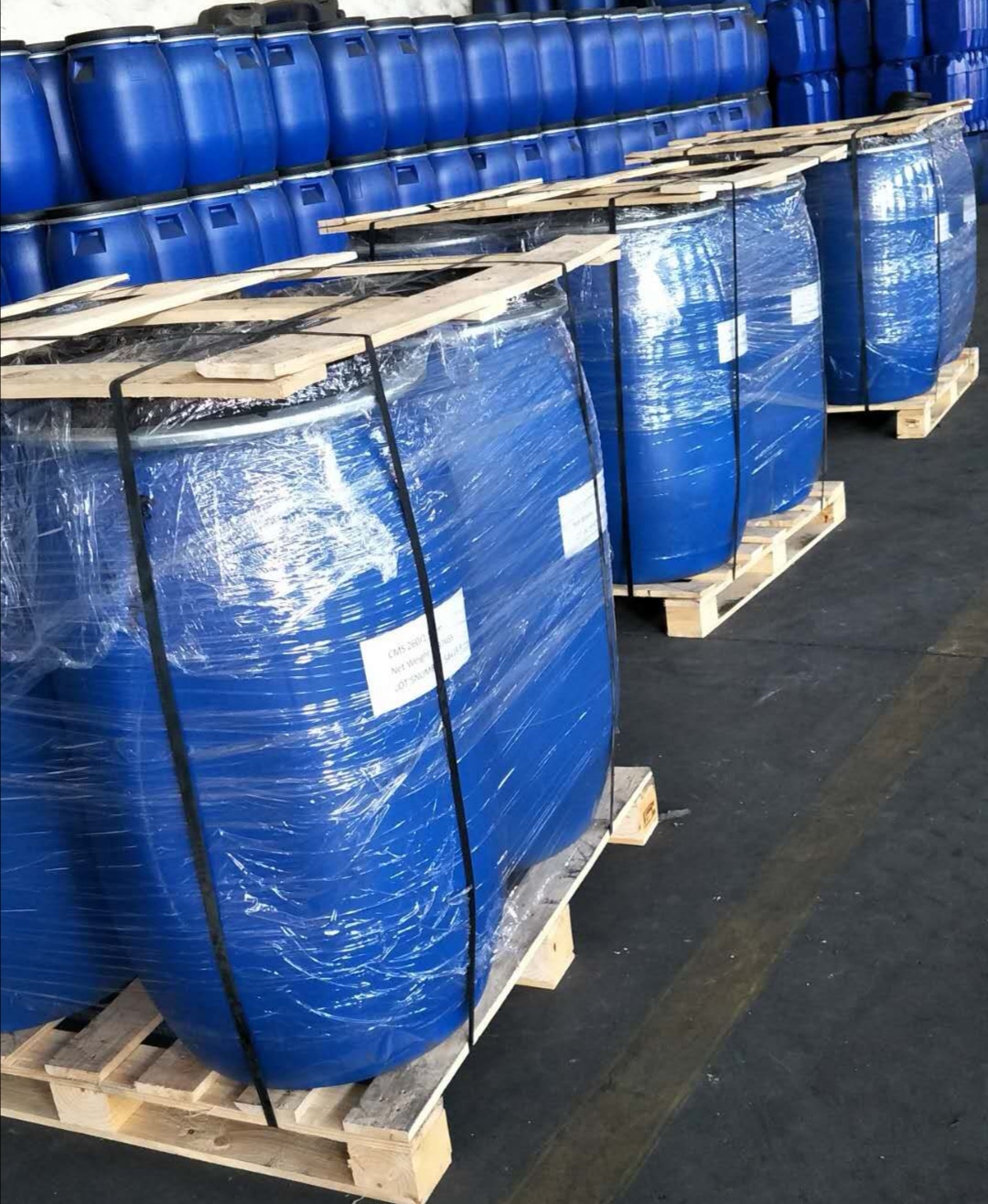How to quickly activate molecular sieves? Introduction to the methods of activating molecular sieves

一、Overview of molecular sieves
Molecular sieves are crystalline substances with a network structure. Due to their special pore structure, they can be widely used as efficient catalysts, adsorbents, separators, and ion exchangers. However, due to the inevitable presence of some metal ions or organic substances during the preparation process, it will affect the catalytic performance of molecular sieves, so activation treatment is required.
二、Activation of molecular sieves by heat treatment
Heat treatment is currently the most widely used method for activating molecular sieves. The main steps are to heat the molecular sieve sample to a certain temperature to remove residues and moisture, allowing the crystalline water in the molecular sieve to be released, thereby opening the pore structure and filling active groups such as acids and bases. The specific steps are as follows:
- Prepare the molecular sieve sample into an appropriate size of powder.
- Heat the powder sample to 400-500℃ in a dry environment for 1-2 hours to remove residues and crystalline water.
- Store the sample with a drying agent.
- Finally, use a clean drying oven (such as an oven) to dry the cooled molecular sieve again to further remove moisture and impurities.
三、 Activation of molecular sieves by acid washing
Acid washing refers to soaking the molecular sieve in a dilute acid solution (such as HCl, HNO3, etc.) to remove metal ions and other organic pollutants. The specific steps are as follows:
- Soak the molecular sieve in cold dilute acid (1% HCl or 1% HNO3) for 2-3 hours.
- Filter the sample and repeatedly wash it with deionized water to remove residual acid.
- Store the sample with a drying agent.

四、Activation of molecular sieves by steam treatment
Steam treatment is to place the molecular sieve in a high-temperature and high-pressure steam flow for treatment. On the one hand, it can perform high-temperature and high-pressure treatment on the sample to achieve the purpose of quickly decomposing residues and crystalline water; on the other hand, the steam can also form certain acidic or basic sites on the surface of the sample, thereby promoting chemical reactions between molecules. The specific steps are as follows:
- Place the molecular sieve in the steam flow impact zone.
- Treat the sample in a high-temperature and high-pressure steam flow at a temperature of 200-500℃ and a pressure of 0.1-1.0 MPa.
- The treatment time depends on the nature of the sample and the requirements for activity, generally ranging from 30 minutes to several hours.
五、Conclusion
Through methods such as heat treatment, acid washing, and steam treatment, the molecular sieves can be effectively activated, thereby enhancing their catalytic performance and application effects. It is necessary to select the appropriate activation method based on the actual situation and pay attention to safety issues during the treatment process.



